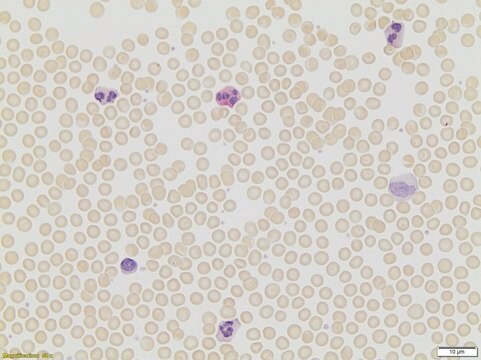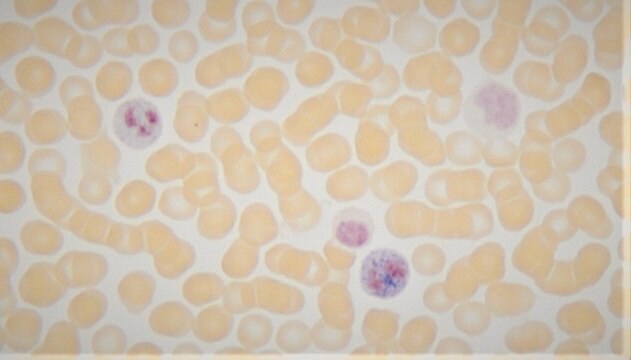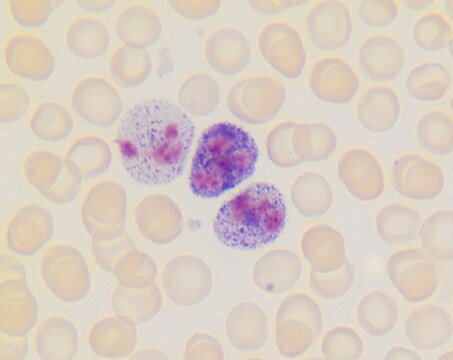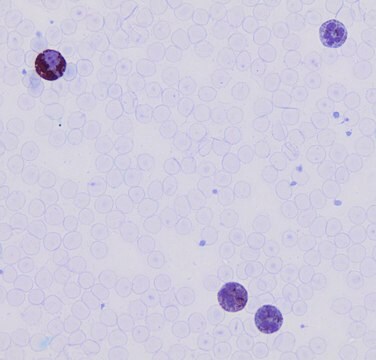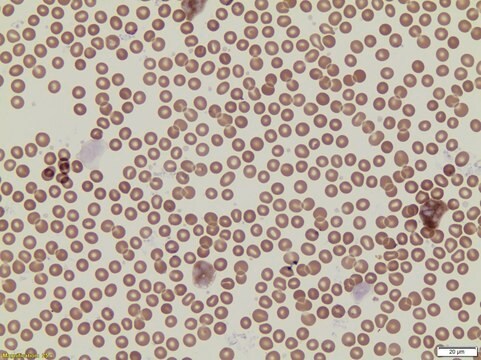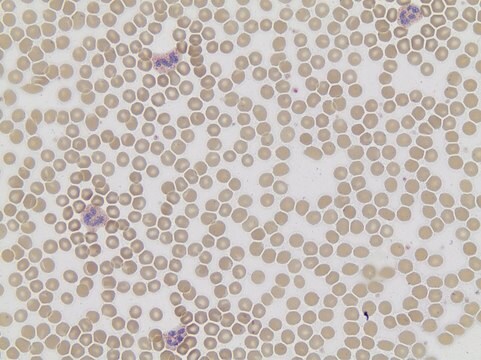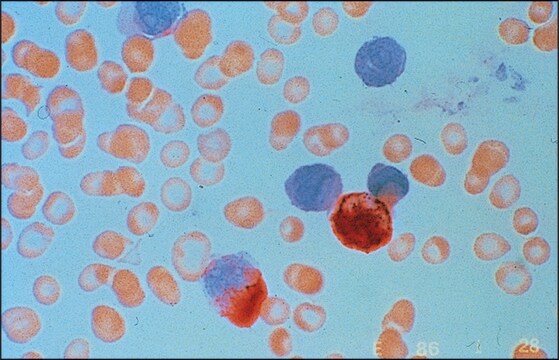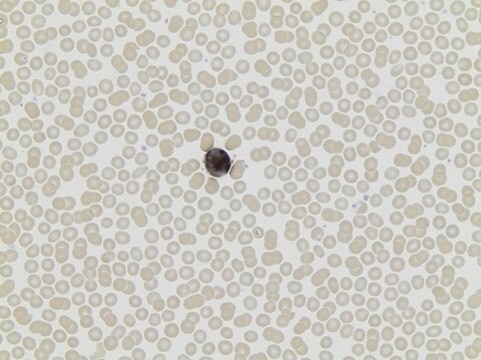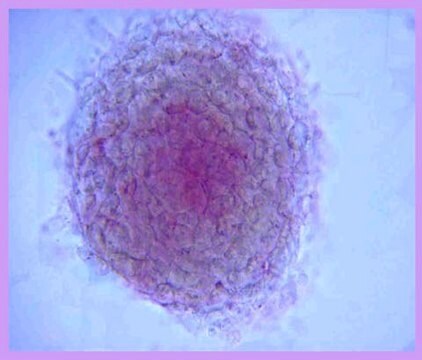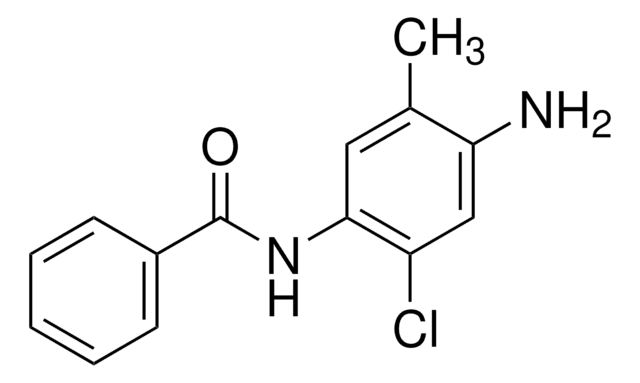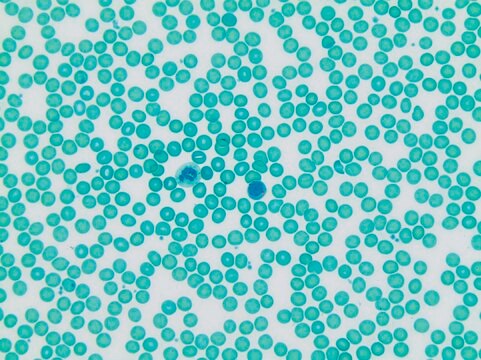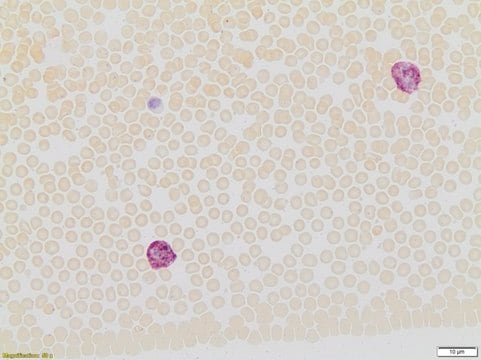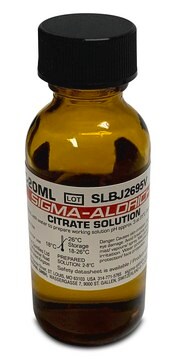86C
Leukocyte Alkaline Phosphatase Kit
based on naphthol AS-BI and fast blue BB salt
About This Item
Recommended Products
Quality Level
shelf life
Expiry date on the label.
IVD
for in vitro diagnostic use
dilution
(for histology)
application(s)
hematology
histology
shipped in
wet ice
storage temp.
2-8°C
Looking for similar products? Visit Product Comparison Guide
Related Categories
Application
Kit Components Only
- Citrate Solution (915) 50 mL
- FBB-Alkaline Solution (863) 10 mL
- Naphthol AS-BI Alkaline Solution (861) 10 mL
- Neutral Red Solution (N6264) 50 mL
- Sodium Nitrite Solution (914) 10 mL
signalword
Warning
Hazard Classifications
Acute Tox. 4 Oral - Aquatic Chronic 2 - Eye Irrit. 2 - Met. Corr. 1 - Skin Irrit. 2 - Skin Sens. 1 - STOT SE 3
target_organs
Respiratory system
Storage Class
8A - Combustible corrosive hazardous materials
wgk_germany
WGK 3
Choose from one of the most recent versions:
Certificates of Analysis (COA)
Don't see the Right Version?
If you require a particular version, you can look up a specific certificate by the Lot or Batch number.
Already Own This Product?
Find documentation for the products that you have recently purchased in the Document Library.
Customers Also Viewed
Our team of scientists has experience in all areas of research including Life Science, Material Science, Chemical Synthesis, Chromatography, Analytical and many others.
Contact Technical Service